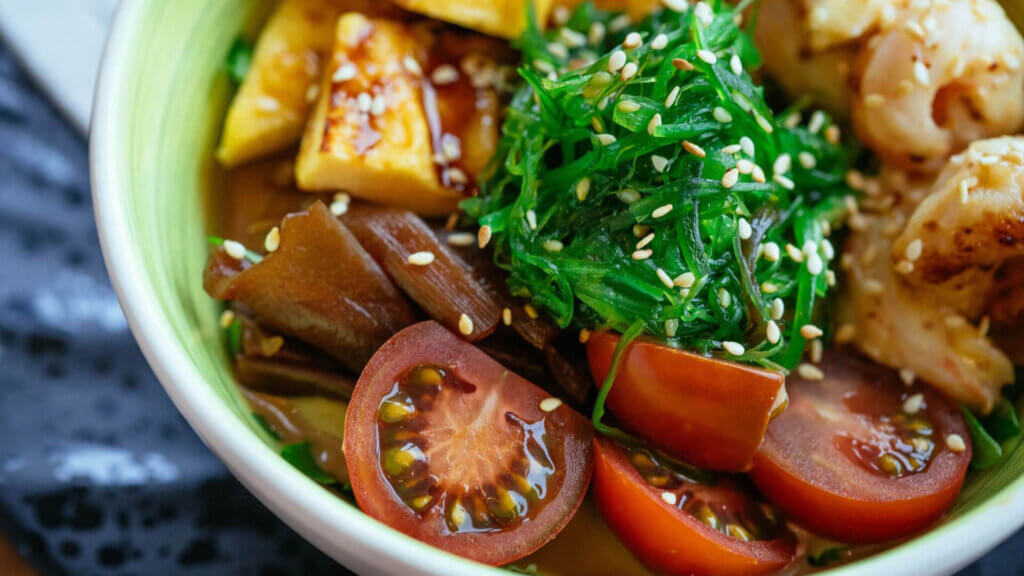A weight loss meal plan is designed to create a calorie deficit while providing balanced nutrition. It typically includes portion control, a focus on whole foods, lean proteins, high-fiber carbohydrates, and healthy fats.
A weight loss meal plan is specifically tailored to support individuals in achieving their weight loss goals by creating a calorie deficit while ensuring balanced nutrition. It incorporates various strategies to promote portion control, emphasize whole foods, and include nutrient-dense ingredients. Here are some key components of a weight loss meal plan:
- Portion Control: Controlling portion sizes is crucial for managing calorie intake and promoting weight loss. This involves being mindful of serving sizes and using measuring tools or visual cues to guide portion sizes. Balancing portion control with satisfying and nutrient-rich foods is essential for long-term adherence.
- Whole Foods: A weight loss meal plan prioritizes whole, unprocessed foods that are rich in nutrients and lower in calories compared to processed foods. Fruits, vegetables, whole grains, lean proteins, and legumes are key components. These foods provide essential vitamins, minerals, fiber, and phytonutrients while helping to create a feeling of fullness.
- Lean Proteins: Including lean sources of protein, such as skinless poultry, fish, tofu, beans, and legumes, helps promote satiety, preserve muscle mass, and support overall health. Protein also has a higher thermic effect, meaning it requires more energy to digest, which can aid in calorie burning.
- High-Fiber Carbohydrates: Selecting carbohydrates that are high in fiber, such as whole grains, fruits, and vegetables, can help regulate blood sugar levels, promote digestive health, and provide a feeling of fullness. Fiber-rich foods are typically less calorie-dense and can contribute to a well-balanced weight loss meal plan.
- Healthy Fats: Including small portions of healthy fats, such as avocados, nuts, seeds, olive oil, and fatty fish, is important for overall health and satiety. Healthy fats provide essential fatty acids, help absorb fat-soluble vitamins, and add flavor to meals.
- Balanced and Varied Meals: A weight loss meal plan aims for balance by incorporating a variety of food groups in each meal. This helps ensure a broad spectrum of nutrients and prevents monotony, making the plan more sustainable and enjoyable.
- Mindful Eating: Practicing mindful eating techniques, such as slowing down during meals, paying attention to hunger and fullness cues, and savoring the flavors and textures of food, can contribute to better portion control and overall satisfaction.
It’s important to note that individualized calorie needs, dietary restrictions, and personal preferences should be taken into consideration when creating a weight loss meal plan. Consulting with a registered dietitian or healthcare professional is beneficial to receive personalized guidance, address any specific health concerns, and monitor progress effectively.
Furthermore, weight loss should be approached in a sustainable and gradual manner. Consistency, regular physical activity, and long-term behavior changes are key factors in achieving and maintaining a healthy weight.




